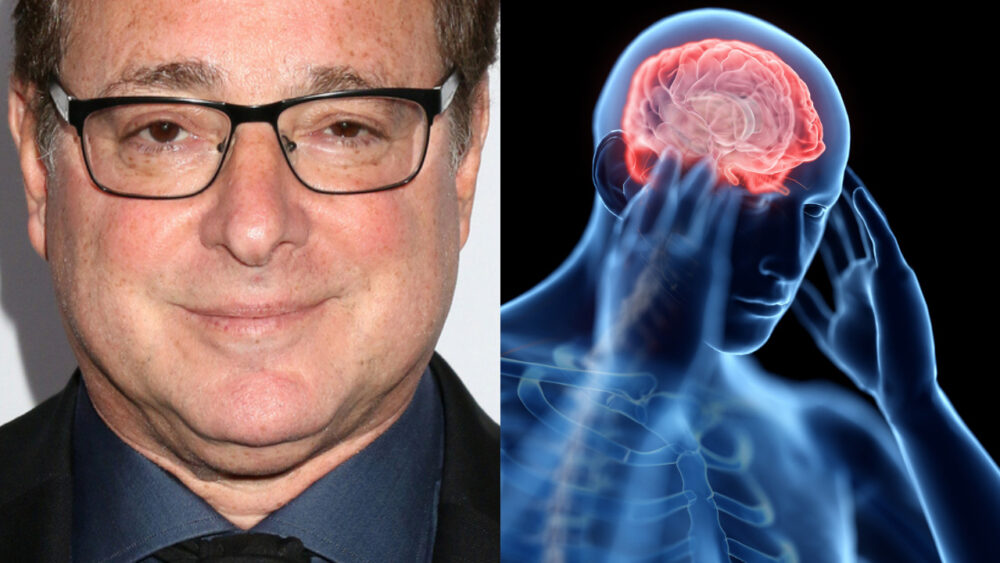On Wednesday, the family of Bob Saget confirmed the cause of his death was a head injury.
The star of the hit television show Full House was found dead in his hotel room at the Ritz-Carlton in Orlando, Florida, on January 9th.
The family released a statement which said that authorities have concluded that he “accidentally hit the back of his head on something, thought nothing of it, and went to sleep. No drugs or alcohol were involved.”
But what should Saget have done? What steps should you take if you find yourself in a similar situation? Joshua Marcus, MD, Neurosurgery, Nuvance Health, says that there are specific, serious symptoms to look out for when it comes to head injuries.
The biggest warning signs? Dr. Marcus cites “any type of confusion” as the biggest red flag, along with “any associated nausea or vomiting.”
“Those are obviously very concerning symptoms,” he emphasizes.
“If you develop any sort of weakness or numbness or a seizure-like activity, those are signs to immediately seek medical attention and go to an emergency room,” Dr. Marcus adds. “You shouldn’t have any motor weakness, shouldn’t have real confusion, shouldn’t have language trouble.”
Mount Sinai lists the proper way to care for a head injury, along with what not to do.
First Aid
According to Mount Sinai, below are the proper steps to take during a head injury. This basic first aid can save someone’s life.
- Check the person’s pulse to see if it is is normal, or if CPR is needed.
- If the person’s breathing and heart rate are normal but they are unconscious, stabilize the head and neck by placing your hands on both sides of the head.
- Stop any bleeding by pressing a clean cloth on the wound, and be careful not to move the person’s head too much.
- If there is a suspicion of a skull fracture, do not apply direct pressure to the wound and cover it with a sterile gauze dressing.
- Apply ice packs to swollen areas.
You should get medical help and call 911 if the person becomes very sleepy, shows signs of slurred speech, develops a severe headache, has a seizure, vomits, and/or loses consciousness.
What Not To Do
According to Mount Sinai, below is a list of what not to do in case of a head injury:
- Don’t wash a head wound if there is excessive bleeding.
- Don’t remove any object sticking out of a wound.
- Don’t move the person unless needed.
- Don’t shake the person.
- Don’t remove a helmet if you suspect a serious head injury.
- Don’t pick up a fallen child with any sign of head injury.
- Do not drink alcohol within 48 hours of a serious head injury.
Prevention
While not all head injuries can be prevented, the following steps can help keep you safe:
- Always use safety equipment during potentially-risky activities, including seat belts, helmets and hard hats.
- Learn and follow bicycle safety recommendations.
- Do not drink and drive or allow yourself to be driven by someone who’s under the influence of alcohol.
For more information on head injuries, visit MountSinai.org.



